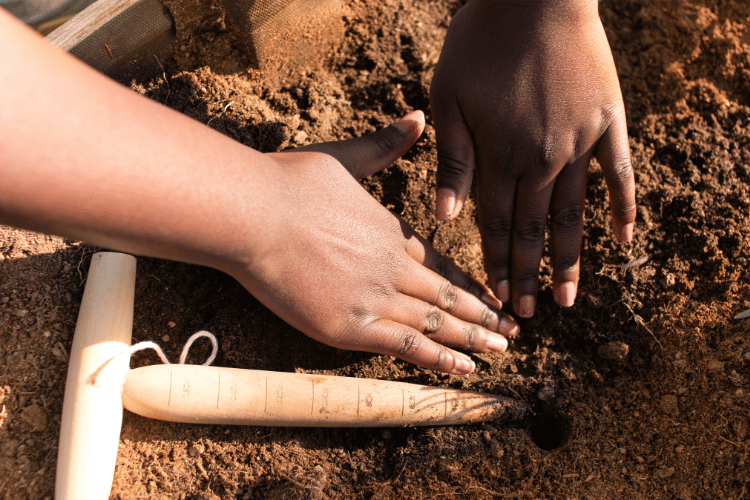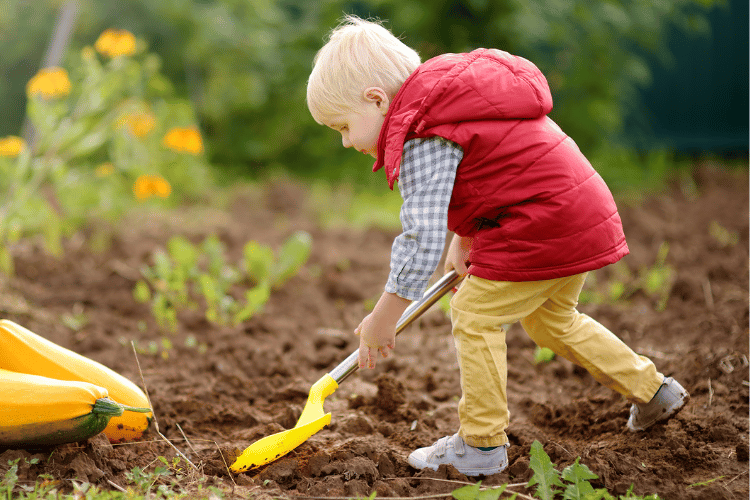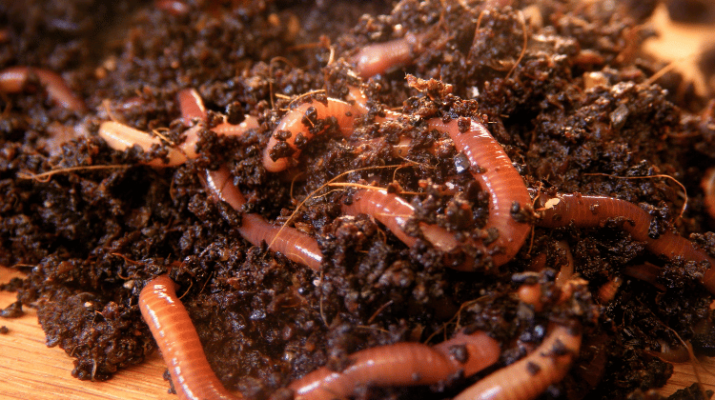Your students will likely have mixed reactions once you tell them you’re bringing in a worm farm. Some will have squeamish faces, while others are grinning with excitement.
Either way, the project will grab your kids’ attention. You might be teaching them the feeding anatomy of an earthworm or the importance of vermiculture as a sustainability initiative.
Whichever topic you’re focusing on, a worm farm kit will further ingrain that knowledge in their heads. It’ll also provide them with necessary life skills, such as bearing responsibility over a living creature and collaborating with peers.
Fortunately, the market for worm farm kits is large. We’ve chosen four top brands you can rely on for your project.
Top 4 Worm Farm Kits for Classrooms
Building a worm farm in your classroom offers an exceptional opportunity to embed STEM (Science, Technology, Engineering, and Math) knowledge into your curriculum.
Whether you’re teaching the worm life cycle or the value of sustainable practices, the hands-on experience will allow students to retain knowledge.
You can get started on the project by choosing between our top recommended worm farm kits for kids.
1. Worm Farm Observation Kit from Nature Gift Store
The Nature Gift Store offers a mini worm observation kit. The container provides a cross-sectional and curved view of the worms’ habitat for kids to get a closer view of their feeding and movement habits.
Each item provides an educational purpose. The green sand in the worm bedding will allow students to track the wigglers’ activity. Speaking of which, the coconut fiber pellets are used for bedding.
Meanwhile, grass seeds will showcase a live demonstration of how the nutrients provided in the worm castings will cultivate plant life. It’ll also show how the composting worms will aerate the soil around the grass roots.
The magnifying glass will allow students to zoom in on the worms’ segmented bodies. It offers a perfect opportunity to teach the biological aspects of worms, including their anatomy and reproduction.
The paper light blocker will keep the worms’ environment dark. Additionally, you can use the water dropper or a spray bottle to spritz moisture into the farm.

Items Provided
- Green sand
- 6.5 x 5.5 x 1.5-inch thin, curved plastic container
- Paper light blocker
- Grass seeds
- Water dropper
- Coconut fiber pellets
- Spoon
- Magnifying glass
- 20 red wigglers in a cup of soil
- Instructions
2. Worm Composter Kit from Carolina
The worm composter kit provided by Carolina is better suited to large-scale demonstrations. You’ll be housing over 500 worms. In turn, caring for them will require more responsibility on the students’ end.
Even though the container’s dimensions are relatively large, it’s not clear like other worm farm kits. Subsequently, the kids won’t have as much opportunity to see the inner goings of composting worms.
Besides that, you can ask your students to prepare the container by adding the bedding and spraying it with water. Then, they can add handfuls of the worms and evenly disperse them.
When the time comes to harvest the worm castings, you can stop the feeding for about two weeks. Next, bury a mesh bag with leftover food scraps.
Take it out after a couple of weeks. It’ll be filled with wrigglers, giving you ample opportunity to scoop out the worm castings and use them for other projects.
Items Provided
- 500 red worms
- Worm bedding
- 14-gallon worm compost container (22 x 17 x 12)
- “Worms Eat My Garbage” book
3. Children’s Vermicomposting Kit from Uncle Jim’s
Uncle Jim’s children’s vermicomposting kit is ideal for younger learners. The smaller tools and containers allow your students hands-on experience with the worm farming preparations.
You can enhance their learning by reading the instructions while allowing them to complete directions independently. Besides that, the best part about the kit is that it includes three months’ worth of feed and an adventure book about worm composting.
Nevertheless, it’s slightly on the pricier side compared to other worm farm kits. Price aside, you can engage your students with questions like, “Who’s responsible for feeding the worms?” or “Why do you need to bury the food?”
You can create a checklist of what the worms need to survive, such as providing the right living conditions, habitat, and diet. For older kids, you can follow up the project with a fact file exercise about composting worms.

As for younger kids, use more visual activities. For instance, place a dairy food product and potato peel beside each other. Ask them which food is healthier for the worms.
Items Provided
- Worm bedding
- Three month’s supply of worm feed
- Burlap
- 2-gallon plastic container with lid (12.2 x 7.8 x 5.1)
- Instructions
- 100 red composting worms
- Uncle Jim’s logo sticker
- Children’s gardening tool set
- Children’s illustrated adventure book about vermiculture
4. Science Worm Farm from WILD!
The science worm farm kit from WILD! is perfect for kids aged six and up. The set allows them to build the container, providing fine motor skills training.
The kids can then decorate the worm farm with the provided stickers. Next, they’ll need to add the colored sand and soil to witness the movement patterns of the worms. Ask the students to use the dropper to keep the soil moist.
Although WILD! is simpler to prepare than other kits, it doesn’t come with composting worms. Consequently, you’ll need to purchase a separate batch. Additionally, the kit doesn’t use traditional worm bedding like shredded newspaper.
Overall, the kit is ideal for presenting the life cycle of worms. Due to its small size, you wouldn’t be able to extract worm castings or tea.
Instead, you can plant seeds and observe plant growth in the container. It’ll offer a lesson on how worms aerate the soil and keep the plants healthy.
Items Provided
- Unattached worm farm container (8.75 x 11.75)
- Scenery stickers
- Water dropper
- Tweezers
- Two bags of colored sand
- Two plugs
- Instructions
Final Thoughts
By asking your students to build a worm farm, you’re fostering multiple skills. From critical thinking and comprehension to problem-solving and collaboration.
A worm farm is a memorable initiative that’ll educate students and future generations on eco-friendly waste disposal methods.
Luckily, you can choose from various kits available online. You can opt for Uncle Jim’s kindergarten-friendly set or Carolina’s larger kit, fit for larger classrooms and older kids.
Either way, your students will enjoy building their worm farm and observing the wigglers’ life cycle.

